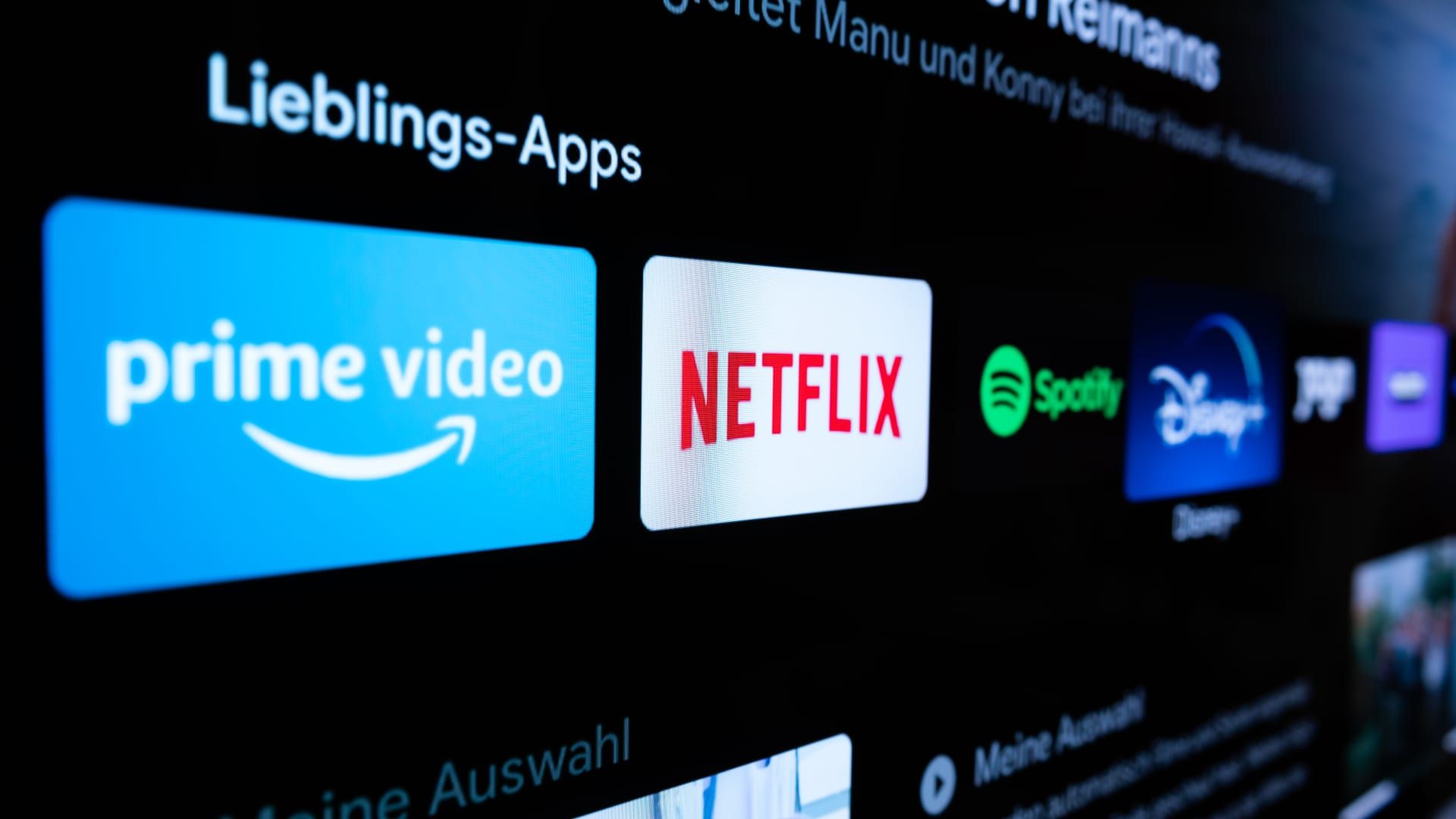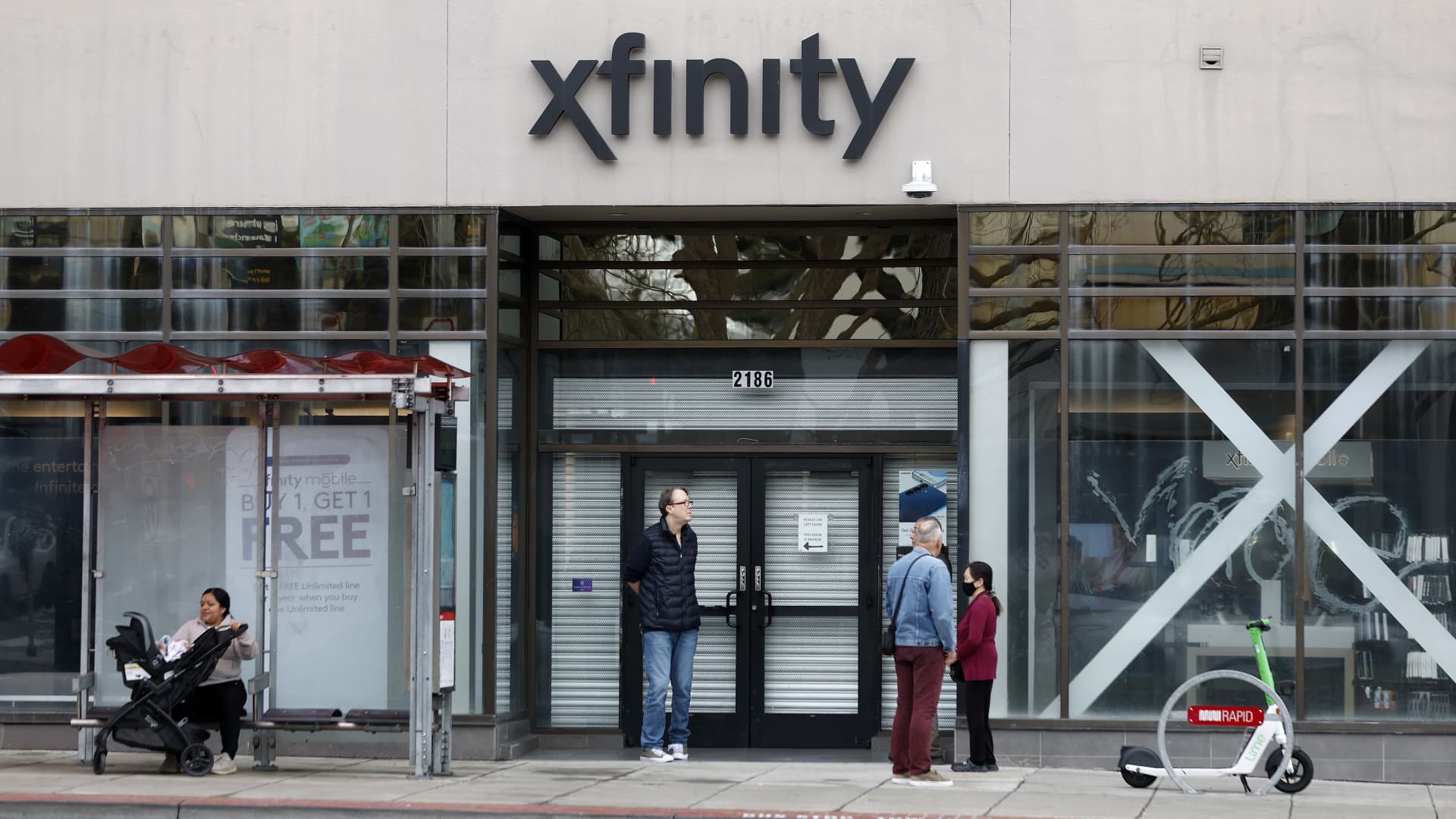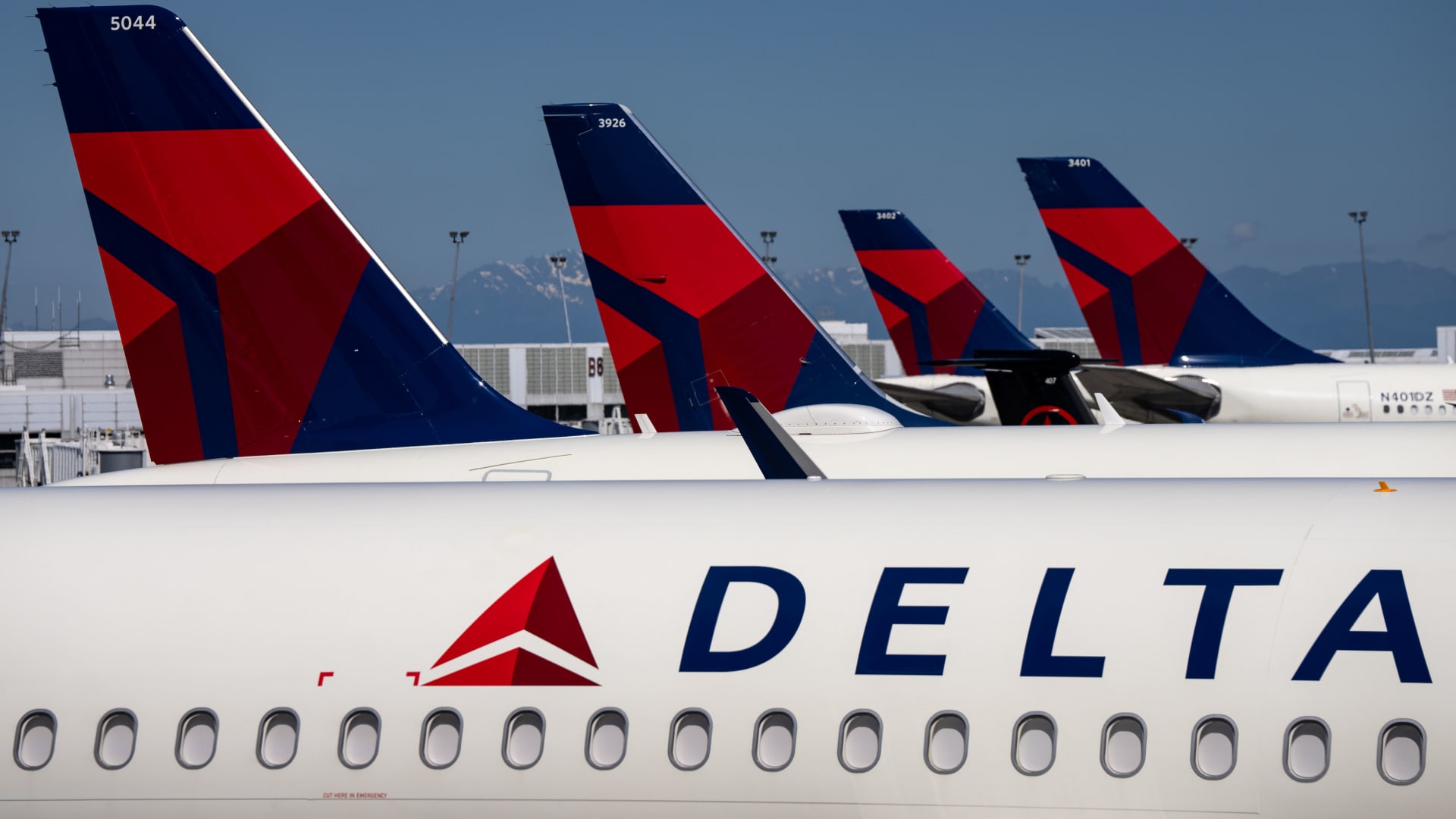Image Alliance | Image Alliance | fake images
It's the third act of the streaming war. That's the moment when a hero, seemingly defeated and broken, rises up and saves the day. But Wall Street is worried that the hero will never make it to Hollywood.
Legacy media companies, including disney, Warner Bros. Discovery, Comcast and global paramount are trying to find the solution to self-inflicted financial wounds, particularly huge expenses while chasing streaming subscribers to compete with them. Netflix.
Since then, companies have cut their budgets and adjusted their strategy for licensing local movies and shows. Several streamers have added services supported by advertising revenue, cracked down on password sharing and raised prices.
However, Wall Street is still not satisfied. Warner Bros. Discovery and Comcast outperformed the S&P 500 in 2023, although just barely. Disney and Paramount underperformed. Netflix, on the other hand, significantly outperformed, with shares up 65%.
“We're looking for someone to present a credible vision of how this industry is going to have a sustainable business model,” said Doug Creutz, managing director and senior research analyst at Cowen.
The answer may seem simple: a cable-style package, with streaming only. But getting all these rivals to collaborate is almost as difficult as navigating increasing regulatory scrutiny, Creutz said. Similarly, the prospects for mergers and acquisitions are uncertain, with several companies already carrying huge debt loads and regulators wary of limiting competition in the industry.
Wall Street wants a solution, or at least a company that will pave the way for a possible solution. It was clear how to make money from linear TV, but so far it's unclear how investors can profit from streaming beyond investing in Netflix.
“The only thing that gets people to invest in media again has to be some kind of hope that they can build an economic foothold in the streaming world,” said Michael Nathanson, founding partner and senior research analyst at MoffettNathanson.
Discover the package
There is a push to bundle subscription streaming services into something resembling traditional cable TV, as media companies look for a way to create and maintain streaming profitability. Bundling, in turn, could make the consumer experience easier, bringing all content together in a single hub.
“In theory, it's a very good idea,” Creutz said. “But there are many details that would have to be resolved.”
The biggest hurdle is getting all the media companies to agree on what it would look like.
“You have to get a group of people in a room to agree on something,” he said, “people who aren't necessarily inclined to cooperate.”
One of the biggest obstacles is how these companies would calculate average revenue per user, or ARPU, and subscriber growth when offering their services at a discount. A bundle would reduce ARPU, but if enough subscribers sign up, the cost could be offset.
Consider the difficulties of mergers and acquisitions
Mergers and acquisitions present another path to a bigger package, but Wall Street isn't sure there will be a big deal in 2024.
“I think there's still an expectation that someone will come over the horizon with some mergers and acquisitions that will solve the problems,” Creutz said. “And I don't think that's going to happen.”
No company really wants to be a buyer right now, he said. Disney still has a high debt load from its 2019 acquisition of 20th Century Fox, and the same goes for Warner Bros. Discovery after its 2022 merger.
Rafael Enrique | Light rocket | fake images
“What I have seen as a fundamental problem is that [these companies] “We have balance sheets based on linear cable network economics that are no longer stable,” Nathanson said. “The challenge to overcome is what to do with your linear cable networks? Given those headwinds, the combination of debt plus the instability of a core business that was good, difficult and stable, that's the biggest conundrum.”
The biggest target is Paramount. Majority shareholder Shari Redstone is reportedly eager to reach a deal. She controls Paramount through her company National Amusements.
Warner Bros. Discovery CEO David Zaslav and Paramount CEO Bob Bakish met in late December for a preliminary discussion, but some speculate that the leaked conversations were a way for Warner Bros. to position itself as a viable asset for Comcast's NBCUniversal.
There may also be regulatory issues. Universal and Warner Bros. were two of the top three domestic movie studios by revenue in 2023, according to Comscore data.
“I don't think the regulatory environments support consolidation,” Creutz said.
Leave them wanting more
A scene from “Barbie.”
Courtesy: Warner Bros.
Legacy media companies are also grappling with a beleaguered theater industry, which has yet to recover from the pandemic. However, Wall Street still sees value in this distribution avenue.
After all, Warner Bros.' “Barbie” grossed more than $1.4 billion at the global box office, while Universal's “The Super Mario Bros. Movie” and “Oppenheimer” grossed $1.3 billion and $950 million, respectively.
“The message we're sending to Hollywood in 2023 is that we don't need superheroes or Star Wars to get back to the movies,” Josh Brown, CEO of Ritholtz Wealth Management, wrote in a LinkedIn post last month. “We need events. Great scripts. Great stories. Real movie stars. Cinema!”
Film production stalled during the pandemic and again during Hollywood's two labor strikes last year. All of this resulted in fewer releases and lower box office returns. As it stands, the 2024 schedule is packed with sequels, prequels and spin-offs, the kind of content that failed to capture audiences in 2023.
“As we've seen with exhibitor stock prices, the reduced prospects for the 2024 film slate have [clearly weighed] on investor sentiment heading into this year,” said Eric Wold, senior analyst at B. Riley Securities. “While the 2025 slate has benefited from delays to the 2024 slate, we don't think investors will be willing to step forward now and can wait until later in the year when visibility improves towards 2025.”
As movie theater chains wait for Hollywood production to ramp up again, Wall Street foresees heavy investment in premium screens – such as IMAX, Dolby, Screen X and 4DX – that offer superior experiences at a higher price of admission.
“Investors' primary goal is to return to pre-pandemic levels of profitability, even with a reduced level of film production and attendance,” Wold said.
Additionally, Hollywood is still deciding how it wants to handle theatrical windows. Before the pandemic, movies stayed in theaters for at least 90 days before transitioning to home video on demand and streaming. Now, there is no set time. It's up to the studio to make that call.
On one end of the spectrum, “Barbie” and “Oppenheimer” spent more than 120 days in theaters before hitting the local market. Then there was “Five Nights at Freddy's,” which premiered in theaters and on NBCUniversal's Peacock the same day. Each strategy has its own rewards.
For “Barbie” and “Oppenheimer,” grassroots efforts led to millions of people seeing double features of the films on opening weekend, and word of mouth kept moviegoers coming to the theater for months. For “Freddy's,” fans of horror movies and the video game on which the film is based flocked for its debut, with repeat viewings coming via streaming.
Either way, the lesson is clear: people still want to watch movies.
“There are too many TV shows already,” Brown wrote. “Start making movies again.”
Disclosure: Comcast is the parent company of NBCUniversal and CNBC.










